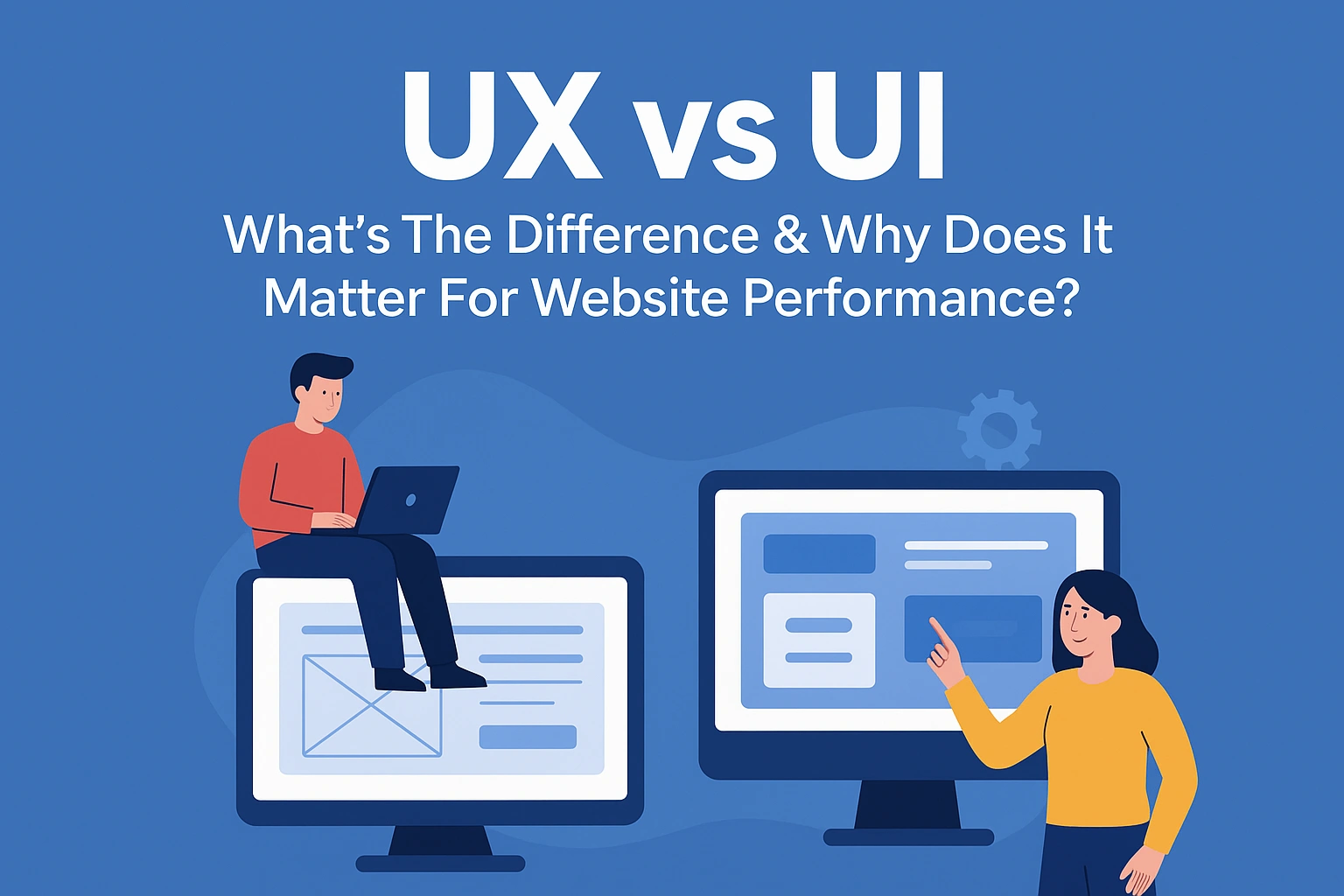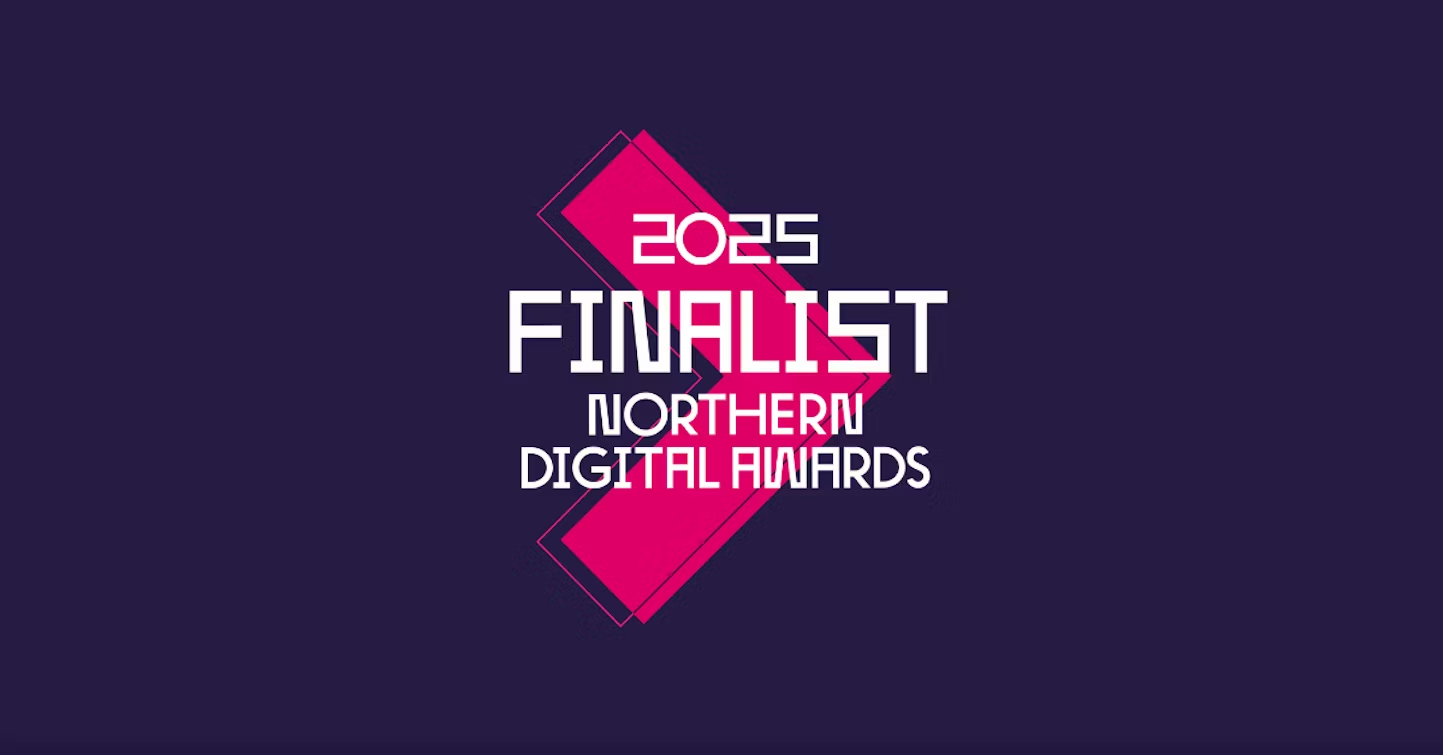What is SEO?
SEO, the acronym of Search Engine Optimisation, is a key marketing strategy for any business with a digital presence. A simple definition of SEO can be described as, a set of practises that are set out to improve a site’s organic traffic and visibility on search engine result pages, also known as SERPs.
The purpose of SEO
Before implementing SEO services onto your website, it is important to understand Google’s main goal and how this affects SEO.
An easy explanation of Google’s mission is to organise all the world’s information and make it universally accessible and useful in one place. With this, you are one step closer to understanding the underlying principle of all SEO work.
The next step of SEO is ensuring higher ranking search results. Algorithms are put in place to rank where a certain website or page will appear on the search engine results page. An important factor to consider is that most customers will not click past the 2nd page of results of a web search, so the higher the rank your website gains, the higher the web traffic will be driven to your website. Recent studies suggest that 33% of search traffic will click on the top result on the first page, this then drops to 18% of search traffic for the 2nd result on the first page.
Furthermore, SEO is highly beneficial for eCommerce sites, as it allows for products to be marketed more efficiently and effortlessly and in turn generate a higher ROI.
What are the differences between online and offline SEO practices?
There are 3 main areas within an SEO strategy that needs to be optimised, these are:
On-site Off-site On-page
On-Site Optimisation
On-site optimisation covers the functions of the website that allow it to work and be used by the consumer which can be ‘crawled’ by search engines to give it a ranking. Website performance – page loading speed
Page errors – broken links to pages within the website
Security – SSL Certificate and malware free website
Redirect – solutions to fix broken links
Sitemap – contents and structure of the website
Off-site Optimisation
This involves external sites and how your brand is shared on them to improve brand awareness and visibility, such as:
Hashtags – hashtags associated with your brand in a social post
Social Media – brand account mentions, products tags or website links
Business directory sites – Google Business, Yelp etc
Backlinks – these add “authority” to your website and in turn increase your search engine ranking. The better the page authority and domain authority, the more weight your website will obtain in relation to search engine algorithms and rankings.
On-page Optimisation
On-page optimisation is specific to specific single pages of a website and how they are optimised to increase web traffic rates. These include:
Headings – sections on a website need to be defined by titles to make it readable
Meta tag – allow search engines to index your web pages
Content – such as blogs, product information and category content. The more content, the better, as the indexing by search engines will be greatly improved and becomes more relevant to potential customer searches
How we apply our SEO service to our clients
Here at Simul, we have in-depth strategy to enhance your SEO practises, from the performance of the website, website structure, website authority, keyword usage, user experience and social media linking.
As this is a general overview, we apply specialised strategies to suit your business and website types, so don’t hesitate to contact us for a targeted plan. A key point to remember is that not all SEO work is visible to the client or user, as many adjustments are made in the background and or offsite.
Measure the benefits
Initially, we will run an audit of any existing site and will provide you with a plan of our workflow with regards to the SEO of your site, including small adjustments and larger changes to ensure complete transparency between the team at Simul and our clients. At the end of each month, we will provide you with a report of our on-going SEO practises which will be discussed during a meeting to analyse the results and plans for moving forward to allow us to continue to build collaborative relationships with our clients.
Contact us today to discuss how we can help you!



